Before the Provincial People's Committee issued Official Dispatch No. 3681/UBND-KT dated November 14, 2023 on rectifying the management and use of rice land in the province. This is considered a strict direction of the province on the management and use of rice land at the local level, especially the commune-level authorities must uphold their state management responsibilities in the management of rice land in the locality.

Currently, due to many factors, there is a lot of rice land abandoned and not cultivated. Illustrative photo
Don't let the land "die"!
Official dispatch 3681/UBND-KT dated November 14 of the Provincial People's Committee emphasized the assignment of the People's Committees of districts, towns and cities to be responsible for directing their affiliated professional agencies and the People's Committees of communes, wards and towns to coordinate, strengthen inspection, supervision and guidance activities in implementing the conversion of crop structure on rice land in the area to ensure strictness, correct procedures and suitability with local conditions and actual situations and in accordance with legal regulations.
In particular, the Provincial People's Committee directed to strictly handle cases of abandoning rice fields, encroachment, land occupation, change of land use purpose and illegal construction of houses on rice fields in the area; promptly detect and apply measures to prevent and thoroughly handle cases of illegal construction of houses and infrastructure to form new residential areas on rice fields...
It can be seen that, during the land fever, many subjects took advantage of the "loopholes" in the regulations on land division to divide agricultural land in general, and rice land in particular. Many areas of rice land were "divided" by land speculators into plots of land that only needed the minimum area according to regulations for the purpose of "dividing and selling plots". The province has tightened this issue effectively over time and the situation of "dividing" agricultural land for the purpose of "dividing and selling plots" is no longer as rampant as during the land fever.
The consequences of the current land fever can be seen more clearly than ever, it is not difficult to find small plots of land that were originally rice fields divided into lots by stakes... but currently they are not cultivated with rice or any other crops to promote efficiency but are left fallow for weeds to grow, causing many people to jokingly call such plots of land "dead land"! Previously, large plots of rice fields produced rice effectively, but after being "divided" into small plots with many different owners, the rice land was wasted.
Talking with the owner of a rice field of about 1000m2 in Cam Giang commune, Go Dau district about the reason, why not cultivate rice or any other crops but leave the land fallow?. This landowner shook his head in disappointment and shared that before when the land fever was high, he also saved money to buy this rice field to speculate for profit but now the land is for sale and no one buys it.
Furthermore, his rice land area was inventoried and put on the protection list, so he could not change the purpose to residential land because there was no plan for changing residential land. With one hectare of land, how much rice can be grown each crop, but converting the structure to other crops does not have time and is not sure to bring efficiency, so he had to leave the land unused.
Obviously, the consequence of land fever and the situation of dividing agricultural land, including rice land, for the purpose of "dividing into plots and selling plots" is that small rice plots are left fallow without any value from the rice land, causing the abandoned rice plots to sadly become "dead land".
That is why the Provincial People's Committee has directed to strictly handle the abandonment of rice fields, encroachment, land occupation, change of land use purpose and illegal construction of houses on rice fields in the area; promptly detect and apply measures to prevent and thoroughly handle cases of illegal construction of houses and infrastructure to form new residential areas on rice fields.
The drastic direction of the Provincial People's Committee is considered as a medicine to help abandoned, uncultivated or illegally converted rice fields "revive" and promote the effective value that the land brings from land cultivation.

Commune-level People's Committees need to enhance their responsibility in state management of rice land, including converting rice land to residential land. Illustrative photo
Local authorities need to improve their responsibility.
According to Mr. Nguyen Dinh Xuan - Director of the Department of Agriculture and Rural Development, on the basis of legal documents issued by the Government including: Decree No. 35/2015/ND-CP dated April 13, 2015 of the Government on management and use of rice-growing land; Decree No. 62/2019/ND-CP dated July 11, 2019 of the Government on amending and supplementing a number of articles of Decree No. 35/2015/ND-CP dated April 13, 2015 of the Government on management and use of rice-growing land; Decree No. 94/2019/ND-CP dated December 13, 2019 of the Government detailing a number of articles of the Law on Cultivation on plant varieties and cultivation.
It should be remembered that the Ministry of Agriculture and Rural Development did not issue a Circular allowing the conversion of crop structure from rice land to more effective crops, but only issued Decision No. 470/QD-BNN-TT dated February 7, 2023 of the Minister of Agriculture and Rural Development on promulgating the Plan for converting crop structure on rice land nationwide in 2023. Based on the document of the Ministry, the Provincial People's Committee issued Decision No. 1624/QD-UBND dated August 8, 2023 of the Provincial People's Committee promulgating the Plan for converting crop structure on rice land in 2023.
The results of crop restructuring in 2023 will be compiled by the People's Committees of the districts and sent to the Department of Agriculture and Rural Development to advise the Provincial People's Committee to report to the Ministry and register the crop restructuring plan in 2024 before November 30, 2023.
Total area of crop structure conversion on rice land in 2023: 1,467.84 ha (3-crop rice land: 4.68 ha; 2-crop rice land: 382.67 ha; 1-crop rice land: 1,080.49 ha), of which: crop structure conversion from inefficient rice cultivation to annual crop cultivation with a total area of rice land converted to annual crop cultivation of 839.47 ha (3-crop rice land: 0.70 ha; 2-crop rice land: 352.57 ha; 1-crop rice land: 486.20 ha)
The converted crops are suitable for production conditions and soil such as cassava, corn, vegetables, beans, etc. The economic efficiency from the converted models is 2-5 times higher than that of rice cultivation on the same area. The average profit of the crops increased after conversion such as vegetables (67 million VND/ha/year), corn (45-50 million VND/year/crop), cassava (35 million VND/ha/crop), etc.
Converting the crop structure from ineffective rice cultivation to perennial crops with a total area of rice land converted to perennial crops of 619.06 ha (2-crop rice land: 25.77 ha; 1-crop rice land: 593.29 ha). The main crops grown are durian, longan, custard apple, coconut, rubber, etc.; in line with the province's agricultural restructuring plan: suitable for climate and soil conditions, well developed, in the basic construction period so there is no basis for assessing economic efficiency.
Through a survey of conversion models on rice fields to perennial crops in previous years (which have produced products), the crops grew well, had high yields, brought high economic efficiency, stable income and improved people's lives. The average profit of crops increased after conversion: durian (426 million VND/year), custard apple (190 million VND/year), rubber (30 million VND/year), ....
Converting from rice cultivation to rice cultivation combined with aquaculture
The model of converting rice cultivation combined with aquaculture in the province is very small. The total area of rice cultivation converted to rice cultivation combined with aquaculture is 9.31 ha (3-crop rice land: 3.98 ha; 2-crop rice land: 4.33 ha; 1-crop rice land: 01 ha). However, the conversion from rice cultivation land to rice cultivation combined with aquaculture has not been of interest to the people, due to difficulties in terrain, water resources, farming practices of the people and low economic efficiency.
Conversion to other crops: 144.3 ha; of which: 58 ha of rubber converted to banana and cassava; 44.7 ha of cassava converted to other crops such as banana, acacia, rubber, durian; 38 ha of jackfruit converted to cassava and 3.6 ha of banana converted to jackfruit).
In the coming time, in order to comply with the direction of the Provincial People's Committee on strengthening inspection, supervision and guidance on the implementation of crop restructuring on rice land in the area, ensuring strictness, correct procedures and suitability with local conditions and actual situation and in accordance with legal regulations.
The Department of Agriculture and Rural Development will coordinate with relevant agencies and units to implement in 2024 and at the same time will advise the Provincial People's Committee to issue a document requesting the District People's Committee to continue implementing Decision No. 1261/QD-UBND dated June 11, 2021 of the Provincial People's Committee promulgating the List of administrative procedures under the authority of the Department of Agriculture and Rural Development of the province, regulating the procedures for registering the conversion of crop structure on rice-growing land.
So the issue here that needs to be reconsidered is not that for ineffective rice cultivation, people should only be allowed to grow rice as many people understand, but that people have the right to request competent authorities to allow the conversion of crop structure on rice land in accordance with procedures and regulations to bring higher economic benefits than growing rice.
The remaining issue is that the local authorities at the commune level need to strengthen their responsibility in state management of rice fields in the coming time and resolutely handle acts of misuse, illegal housing construction, etc. At the same time, resolutely handle according to regulations acts of people using rice fields to "kill the land". This is a very important factor for the "revival" of rice fields to be effective in the coming time.
The World
Source


![[Photo] Conference of the Government Party Committee Standing Committee and the National Assembly Party Committee Standing Committee on the 10th Session, 15th National Assembly](https://vphoto.vietnam.vn/thumb/1200x675/vietnam/resource/IMAGE/2025/10/15/1760543205375_dsc-7128-jpg.webp)

![[Photo] Many dykes in Bac Ninh were eroded after the circulation of storm No. 11](https://vphoto.vietnam.vn/thumb/1200x675/vietnam/resource/IMAGE/2025/10/15/1760537802647_1-7384-jpg.webp)
![[Photo] General Secretary To Lam attends the 18th Hanoi Party Congress, term 2025-2030](https://vphoto.vietnam.vn/thumb/1200x675/vietnam/resource/IMAGE/2025/10/16/1760581023342_cover-0367-jpg.webp)




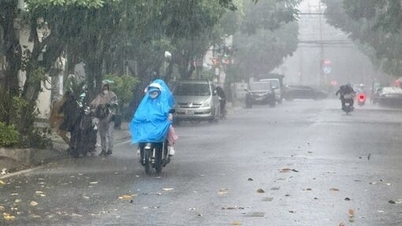
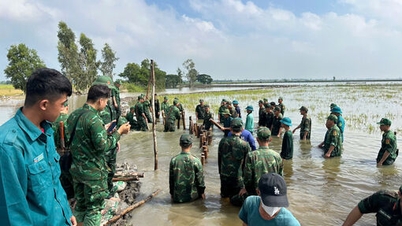
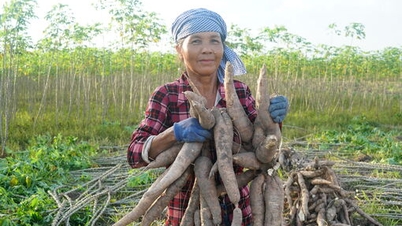
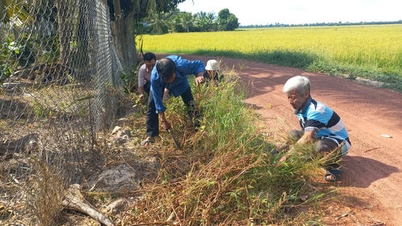
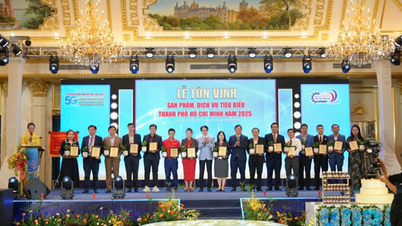






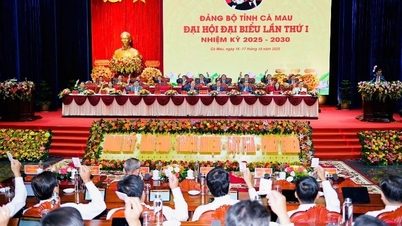



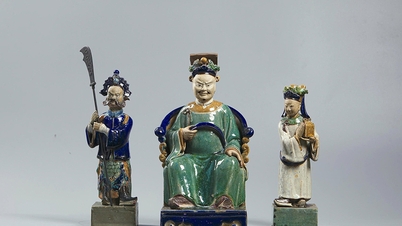



![[Video] TripAdvisor honors many famous attractions of Ninh Binh](https://vphoto.vietnam.vn/thumb/402x226/vietnam/resource/IMAGE/2025/10/16/1760574721908_vinh-danh-ninh-binh-7368-jpg.webp)





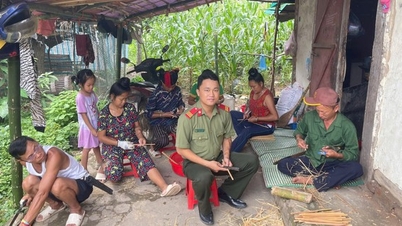

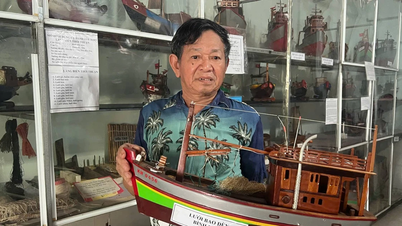




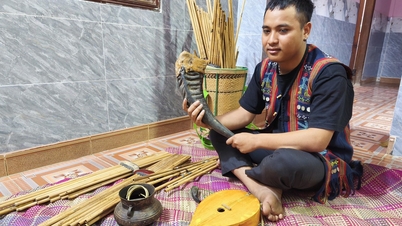



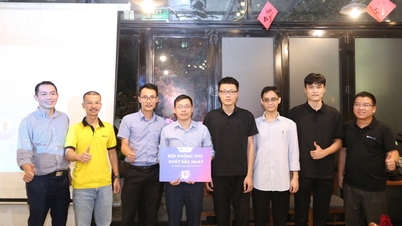
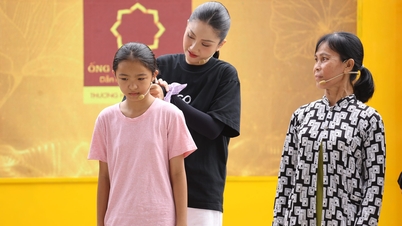
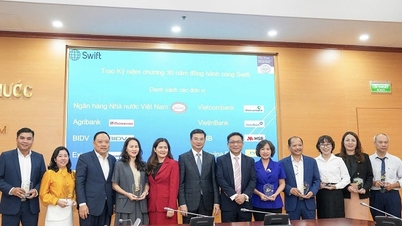












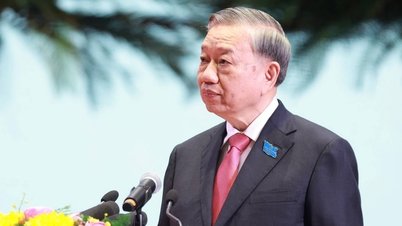

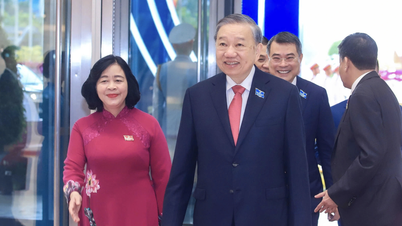
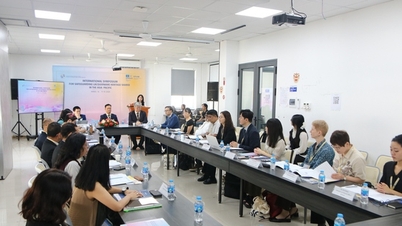


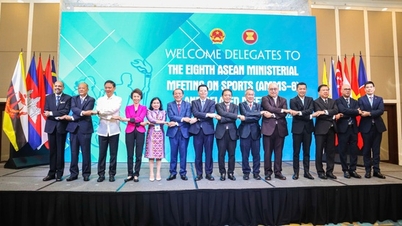


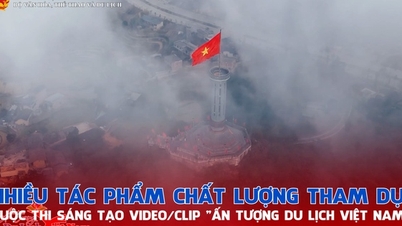
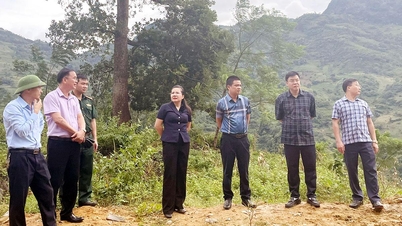

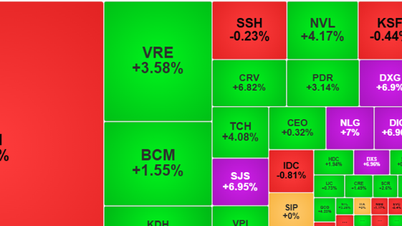

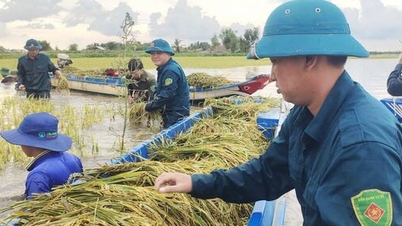
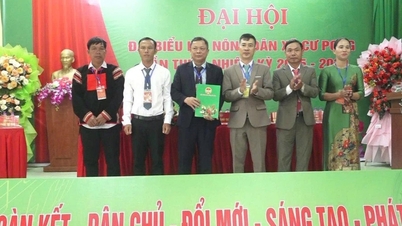

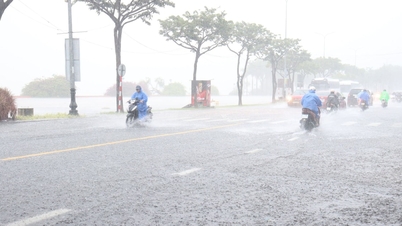














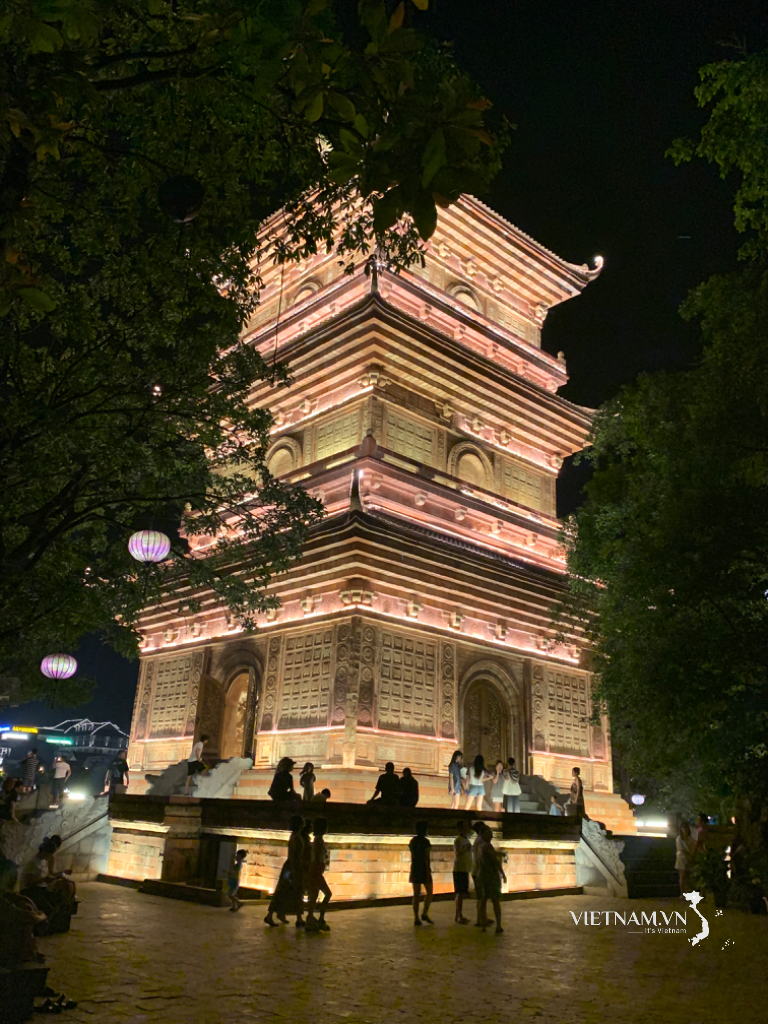
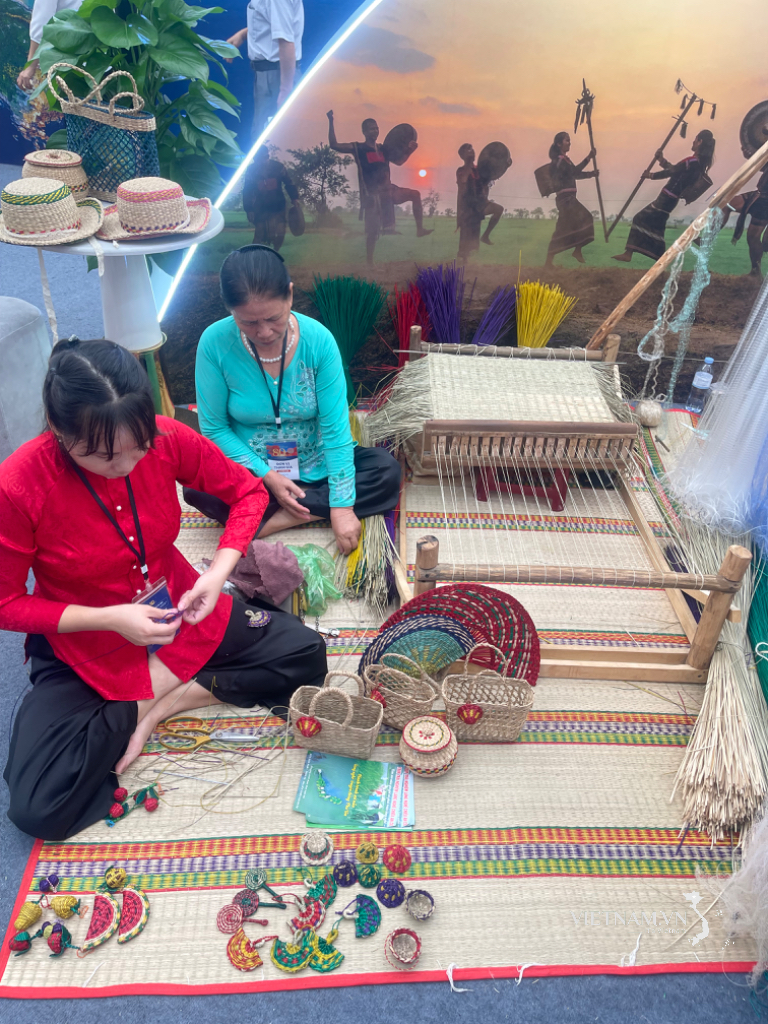


Comment (0)